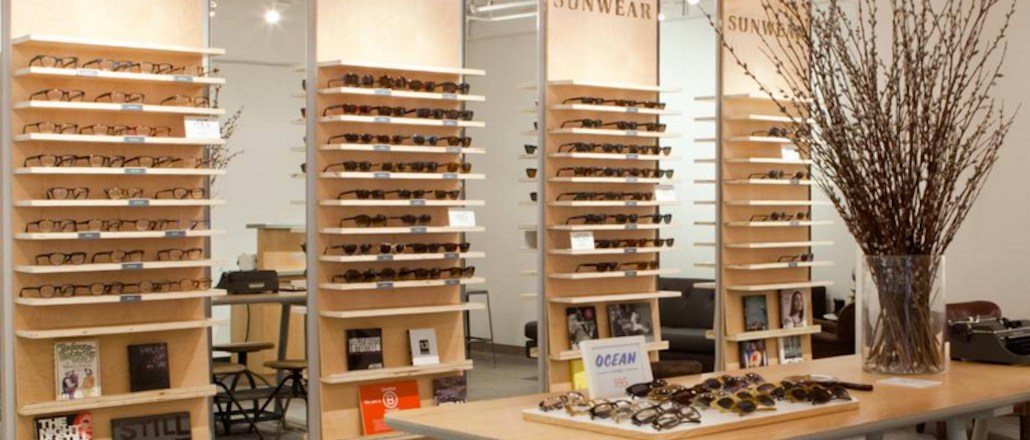
Many urban dwellers consider the shopping mall a relic of suburban dystopia, destined to be left behind by changing tastes and increased e-commerce.
Unsurprisingly, Simon Malls CMO Mikael Thygesen does not agree. For proof, he points to Simon Property Group’s quarterly earnings, which showed a year-over-year revenue boost of 6.9 percent to top $1.3 billion. With the rise of digital-first retailers, Simon Malls sees an opportunity. It has a five-person group to focus on bringing online retailers to malls in the form of showrooms, pop-up shops and full-retail stores.
“This is an interesting, new concept for us,” said Thygesen. “These online retailers don’t see brick and mortar as competition but as an ingredient in their growth strategy.”
Thygesen explained how the shopping mall is dealing with digital shifts in retail.
Online-only retailers are looking to malls.
Thygesen said the team working with pure-play retailers as they transition into physical locations has a list of retailers 100 long. According to recent research conducted by Simon and L2, VC funders who have backed these companies are focusing funding rounds around a physical strategy, and Baublebar, Blue Nile, Warby Parker and Bonobos have all opened up storefronts in Simon malls in the form of showrooms, full-retail stores, pop-up shops and kiosks.
“These young companies need organic traffic to sustain growth, and one of the ways to do that is to have a physical presence,” said Thygesen. “It reminds people of your brand and lets them experience it in a way you can’t online. They’re really putting dollars behind this channel.”
Traditional retailers are finding ways to update digitally.
The stores that have been in shopping malls for years don’t have the blank-slate advantage of digital retailers just now opening up a shop. While those companies can mold their in-store experience however they want, older retailers have to implement technology that they can scale. Thygesen said the most successful examples he has seen are smart mirrors in fitting rooms, iPads in the hands of store associates, and bluetooth technology.
“The key is that it can’t be gimmicky. If retailers don’t know why they’re jumping into tech, there’s a disconnect,” he said. “I’ve seen stuff that doesn’t move the needle. What’s really important regardless of what type of retailer you are is making sure technology is additive to the relationship with the brand.”
There’s less emphasis on attribution.
Thygesen spoke to the shift from “showrooming” to “webrooming”: People are researching purchases online before buying them in stores instead of browsing products in one store, then looking for a better price online to buy. Regardless, he advises retailers to focus less on attribution in general.
“As we see a fusion of channels, attribution becomes both more difficult and less important. Five years ago, we were thinking about how much value the store is generating for you. The point is, any sale is influenced by mobile, the Web and the store, and a lot of retailers are recognizing that the store is figuring in the sale. It just doesn’t really matter how.”
Image via Warby Parker
More in Marketing

Cheez-It bets on ‘Prince Cheddward’ mascot in an overcrowded sports marketing arena
To cut through sports marketing noise, Cheez-It is resurrecting Prince Cheddward and betting on nostalgia.

The anatomy of an agency chief client officer
Several major agencies have moved to appoint chief client officers to their top cohorts lately.

How marketers rank this year’s generative AI image, video tools
Digiday’s 2025 agency generative AI report card explores the winners and losers of the generative AI landscape.





